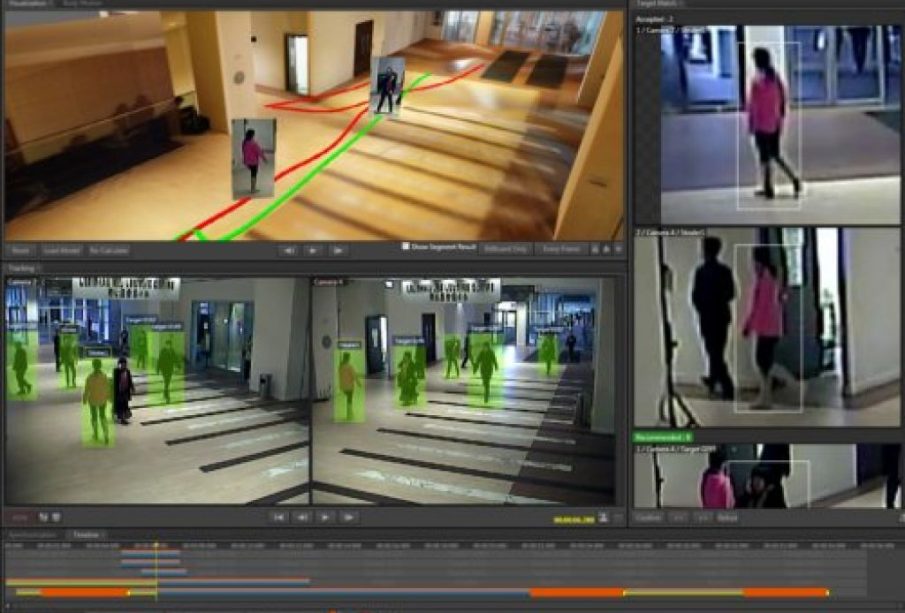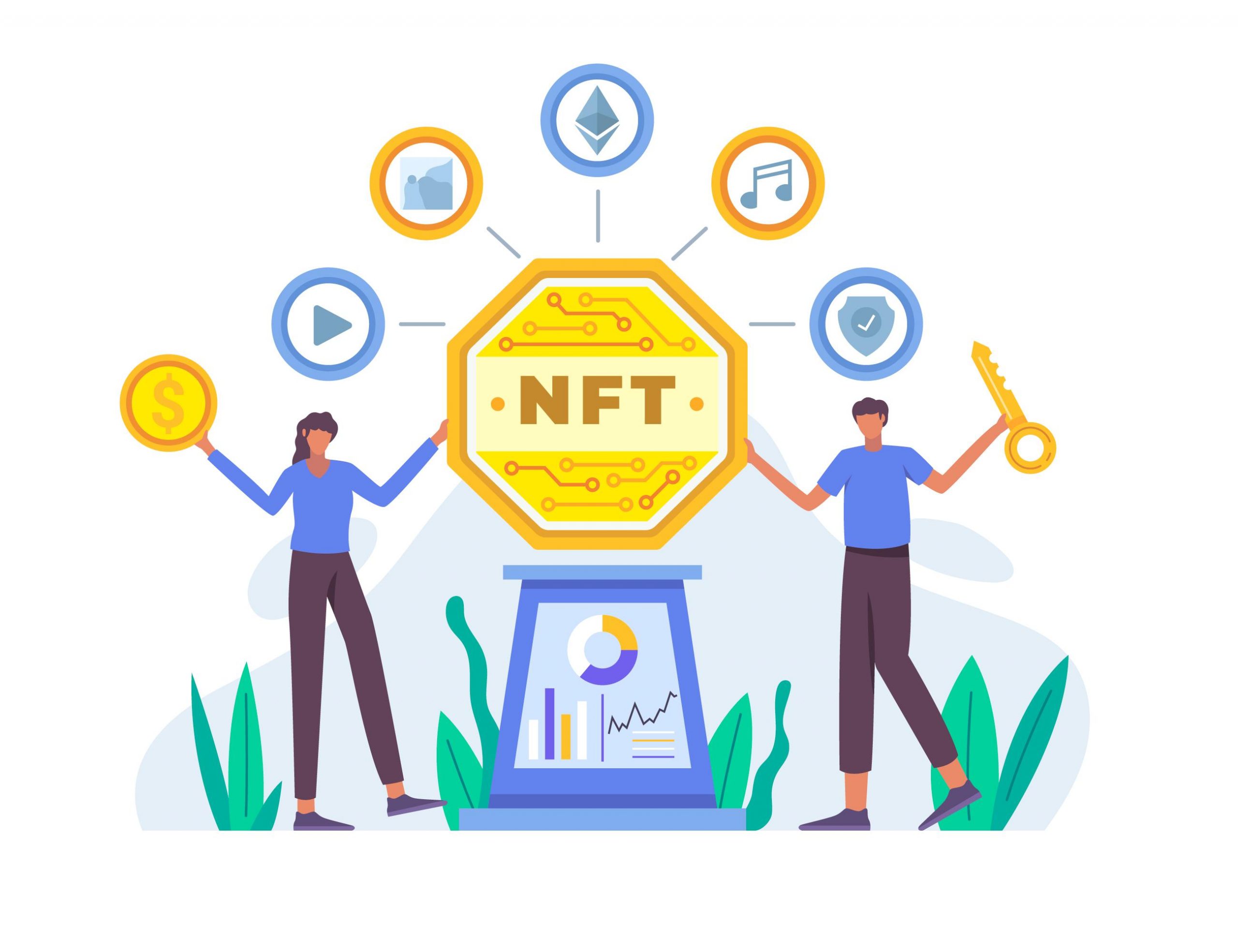How Media Professionals Are Revolutionizing Investigations with Forensic Video Analysis

Forensic video analysis is a scientific process involving the examination, comparison, and evaluation of video recordings. This analysis aims to derive useful information that can be used in legal contexts. The process includes identifying and enhancing details, verifying the authenticity of footage, and interpreting the content to assist in investigations.
Importance in Modern Investigations
In today’s digital age, video evidence plays a crucial role in both criminal and civil investigations. Forensic video analysis helps law enforcement, legal professionals, and media experts uncover critical details that might otherwise go unnoticed. The precision and reliability of forensic video analysis make it indispensable for solving complex cases.
Overview of Technological Advancements
Advancements in technology have significantly improved the capabilities of forensic video analysis. Innovations such as high-definition video, sophisticated software algorithms, and artificial intelligence have enhanced the accuracy and efficiency of forensic multimedia examination tools. These tools allow for real-time processing and detailed analysis, revolutionizing the way investigations are conducted.
The Role of Media Professionals
Who are Media Professionals?
Media professionals encompass a wide range of individuals, including journalists, videographers, editors, and content creators. Their primary role is to capture, produce, and disseminate visual and audio content to the public. In the context of forensic video analysis, these professionals contribute their expertise in video production and editing to assist in the investigative process.
Importance of Media Professionals in Forensic Analysis
Media professionals play a vital role in forensic video analysis by providing technical skills and creative insights. Their experience with video equipment, editing software, and storytelling enhances the ability to interpret and present video evidence effectively. Moreover, their understanding of media ethics ensures that the analysis is conducted responsibly and accurately.
Key Skills and Expertise Required
Media professionals involved in forensic video analysis need a diverse skill set, including:
- Proficiency in video editing software (e.g., Adobe Premiere, Final Cut Pro)
- Understanding of video formats and compression techniques
- Knowledge of digital forensics and evidence handling
- Ability to work with law enforcement and legal teams
- Strong analytical and critical thinking skills
Technical Specifications of Forensic Video Analysis Tools
Hardware Requirements
Forensic video analysis requires robust hardware to handle high-resolution video files and complex processing tasks. Key hardware components include:
- High-performance computers with powerful CPUs and GPUs
- Large-capacity storage devices for storing video evidence
- High-resolution monitors for detailed video examination
- Specialized video capture cards and input devices
Software Capabilities
The effectiveness of forensic video analysis heavily relies on advanced software tools. Essential features of these tools include:
- Video enhancement and restoration
- Frame-by-frame analysis
- 3D reconstruction and visualization
- Metadata extraction and analysis
- Integration with other forensic tools and databases
Comparison of Leading Tools
Several forensic video analysis tools stand out in the industry for their capabilities and reliability. Some of the leading tools include:
- Amped FIVE: Known for its extensive enhancement and restoration features.
- Cognitech Video Investigator: Offers powerful analysis and 3D reconstruction capabilities.
- iNPUT-ACE: Focuses on video evidence workflow and reporting.
Applications of Forensic Video Analysis
Criminal Investigations
Forensic video analysis is crucial in criminal investigations, helping to identify suspects, reconstruct events, and verify alibis. Analyzing surveillance footage, dashcam videos, and body-worn camera recordings can provide compelling evidence in court.
Accident Reconstruction
In accident reconstruction, forensic video analysis helps determine the sequence of events leading to collisions or incidents. This information is invaluable for insurance claims, legal proceedings, and improving road safety measures.
Media Authenticity Verification
Ensuring the authenticity of video content is essential in an era of misinformation. Forensic video analysis helps verify the integrity of news footage, preventing the spread of fake news and maintaining public trust.
Corporate Security
Businesses use forensic video analysis to enhance security measures, investigate incidents, and ensure compliance with safety regulations. Analyzing CCTV footage can help detect theft, fraud, and other security breaches.
Benefits of Forensic Video Analysis
Enhanced Accuracy
Forensic video analysis provides high levels of accuracy in interpreting video evidence. Advanced algorithms and enhancement techniques reveal details that may not be visible to the naked eye, ensuring precise and reliable results.
Time Efficiency
The use of automated tools and software accelerates the video analysis process, allowing investigators to obtain critical information quickly. This efficiency is crucial in time-sensitive investigations.
Cost Reduction
By streamlining the analysis process and reducing the need for manual labor, forensic video analysis helps lower investigation costs. This cost-effectiveness is beneficial for law enforcement agencies and private organizations alike.
Improved Reliability
Forensic video analysis tools offer consistent and repeatable results, enhancing the reliability of video evidence in legal proceedings. This reliability strengthens the credibility of the analysis and supports the pursuit of justice.
Challenges and Limitations
Technical Challenges
Forensic video analysis faces several technical challenges, including poor video quality, low resolution, and compressed file formats. Overcoming these challenges requires advanced software and skilled analysts.
Legal and Ethical Concerns
The use of forensic video analysis raises legal and ethical questions, particularly regarding privacy and the admissibility of evidence. Ensuring compliance with legal standards and ethical guidelines is essential to maintain the integrity of the analysis.
Data Privacy Issues
Handling video evidence involves significant data privacy concerns. Analysts must ensure that sensitive information is protected and that data handling practices comply with privacy regulations.
Latest Innovations in Forensic Video Analysis
High-Resolution Imaging
Advancements in high-resolution imaging technology have improved the clarity and detail of video evidence. These improvements allow analysts to extract more information from video footage, even in low-light or challenging conditions.
Real-Time Processing
Real-time processing capabilities enable analysts to examine video evidence as it is recorded. This feature is particularly valuable in live surveillance and urgent investigations, where timely analysis is critical.
Cloud-Based Solutions
Cloud-based forensic video analysis solutions offer scalable storage, remote access, and collaborative features. These solutions facilitate the sharing and analysis of video evidence across different locations and teams.
Future Prospects of Forensic Video Analysis
Predictions for Technological Advancements
The future of forensic video analysis is promising, with continuous advancements in AI, imaging, and processing technologies. These innovations will enhance the accuracy, speed, and capabilities of video analysis tools.
Future Applications and Industries
As forensic video analysis technology evolves, its applications will expand beyond traditional law enforcement. Industries such as healthcare, education, and entertainment will benefit from these advancements, leveraging video analysis for various purposes.
Potential Impact on Legal Systems
The growing use of forensic video analysis will have a significant impact on legal systems worldwide. Improved video evidence analysis will lead to more accurate verdicts, better protection of individual rights, and greater public trust in the justice system.
Comparative Analysis
Comparison with Traditional Investigation Methods
Forensic video analysis offers several advantages over traditional investigation methods, including higher accuracy, faster results, and cost-effectiveness. This comparison highlights the transformative potential of video analysis in modern investigations.
Comparative Study of Different Forensic Tools
A comparative study of leading forensic video analysis tools reveals their strengths and weaknesses. Understanding these differences helps investigators choose the most suitable tool for their specific needs.
Case Studies Highlighting Effectiveness
Real-world case studies demonstrate the effectiveness of forensic video analysis in solving complex cases. These examples underscore the value of video analysis in uncovering critical evidence and achieving justice.
User Guides and Tutorials
Step-by-Step Guide to Using Forensic Video Analysis Tools
A comprehensive step-by-step guide helps users understand how to utilize forensic video analysis tools effectively. This guide covers everything from setting up hardware to interpreting analysis results.
Best Practices for Accurate Analysis
Following best practices ensures the accuracy and reliability of forensic video analysis. Key practices include proper evidence handling, thorough documentation, and continuous skill development.
Troubleshooting Common Issues
Common issues in forensic video analysis include software glitches, hardware malfunctions, and data corruption. Troubleshooting tips and solutions help analysts overcome these challenges and maintain the integrity of their analysis.
Conclusion
Forensic video analysis is a powerful tool that enhances the accuracy, efficiency, and reliability of investigations. Technological advancements have significantly improved its capabilities, making it an essential asset for video analysis for media professionals and investigators.
















